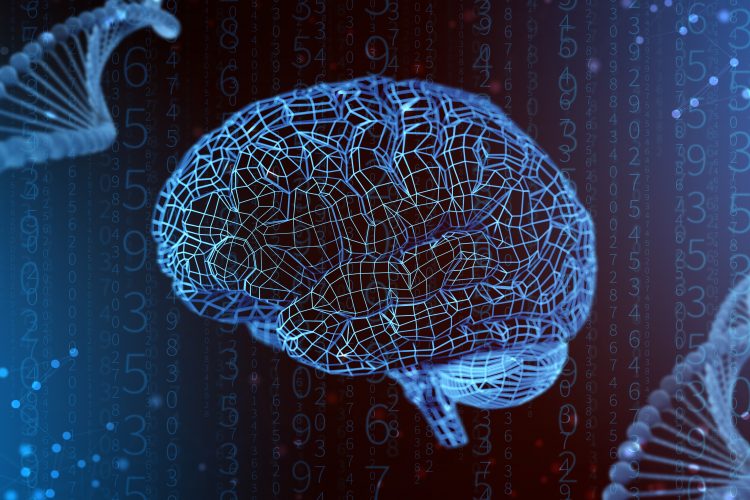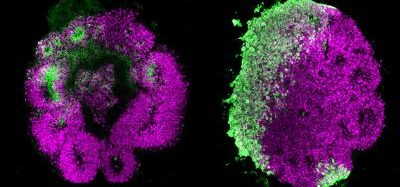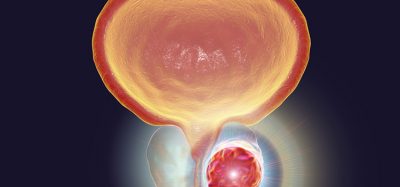Brain Atlas enables exploration of the brain proteome
Posted: 6 March 2020 | Hannah Balfour (Drug Target Review) | No comments yet
International researchers have analysed nearly 1,900 brain samples to create the Brain Atlas, the latest database released by the Human Protein Atlas (HPA) project.


A comprehensive overview of all the proteins expressed in the human brain has been released. The open-access Brain Atlas database is the culmination of international collaboration led by researchers at the Karolinska Institutet in Sweden.
The researchers say the database could be instrumental in developing more effective targeted therapies and diagnostics for psychiatric and neurological diseases.
The Brain Atlas is based on the analysis of approximately 1,900 brain samples covering 27 brain regions, combining data from the human brain with corresponding information from the brains of the pig and mouse.
Reduce preclinical failures with smarter off-target profiling
24 September 2025 | 15:00PM BST | FREE Webinar
Join this webinar to hear from Dr Emilie Desfosses as she shares insights into how in vitro and in silico methods can support more informed, human-relevant safety decisions -especially as ethical and regulatory changes continue to reshape preclinical research.
What you’ll learn:
- Approaches for prioritizing follow-up studies and refining risk mitigation strategies
- How to interpret hit profiles from binding and functional assays
- Strategies for identifying organ systems at risk based on target activity modulation
- How to use visualization tools to assess safety margins and compare compound profiles
Register Now – It’s Free!
“As expected, the blueprint for the brain is shared among mammals, but the new map also reveals interesting differences between human, pig and mouse brains,” says Mathias Uhlén, Professor at the Department of Protein Science at KTH Royal Institute of Technology, Visiting professor at the Department of Neuroscience at Karolinska Institutet and Director of the Human Protein Atlas effort.
The study, published in Science, revealed the most distinct region of the brain is the cerebellum. According to the researchers, many proteins have elevated expression levels in this region, particularly those associated with psychiatric disorders.
“Another interesting finding is that the different cell types of the brain share specialised proteins with peripheral organs,” revealed Dr Evelina Sjöstedt, researcher at the Department of Neuroscience at Karolinska Institutet and first author on the paper. “For example, astrocytes, the cells that ‘filter’ the extracellular environment in the brain share a lot of transporters and metabolic enzymes with cells in the liver that filter the blood.”
Comparing the different neurotransmitter systems also revealed differences: “several molecular components of neurotransmitter systems, especially receptors that respond to released neurotransmitters and neuropeptides, show a different pattern in humans and mice,” explained Dr Jan Mulder, group leader of the Human Protein Atlas brain profiling group and researcher at the Department of Neuroscience at Karolinska Institutet. “This means that caution should be taken when selecting animals as models for human mental and neurological disorders.”
For selected genes and proteins, the Brain Atlas contains microscopic images showing the protein distribution in human brain samples and detailed, zoomable maps of protein distribution in the mouse brain.
The Brain Atlas database is the latest released by the Human Protein Atlas (HPA) program which started in 2003 with the aim to map the entirety of the human proteome.
Related topics
Disease Research, Drug Targets, Genomics, Imaging, Neurosciences, Protein, Proteomics, Research & Development
Related conditions
Neurological disorders, psychiatric conditions
Related organisations
Karolinska Institutet
Related people
Dr Evelina Sjöstedt, Dr Jan Mulder, Mathias Uhlen








